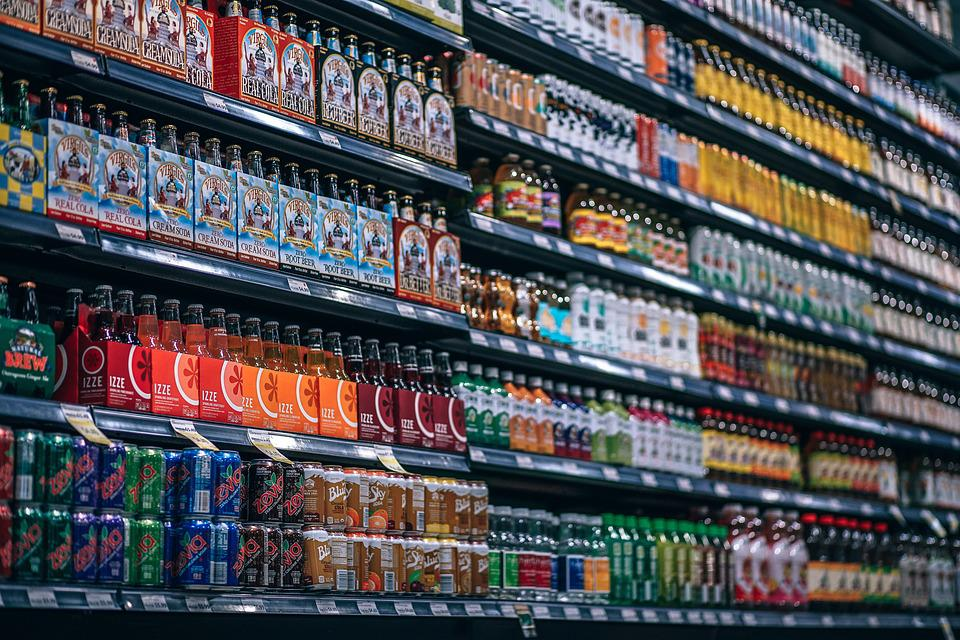When it comes to consumer packaged goods and retail, consumer behavior has drastically changed over the past decade. That’s because of the introduction of the smartphone, digital advancements, and improved social media outreach.
CPG and retail have various differences based on how each interacts with a consumer. This guide will delve into further details.
The Basic Difference Between CPG and Retail
Consumer packaged goods cover a wide spectrum of sellers, manufacturers, and physical good marketers, typically in a packaged form. These goods are sold through a retailer to the consumers.
On the other hand, retail involves selling products to end customers and includes food stores, hardware stores, clothing stores, and general merchandise. Retail also refers to the transaction between a single customer and a business. The sale can happen through a brick-and-mortar store, an online store, direct mail, or direct sales.
Understanding Consumer Packaged Goods Business
Since the demand for consumer packaged goods remains constant, it’s a highly competitive sector because of high market saturation and minimum consumer switching costs. This means that consumers can easily and affordably switch their brand loyalties. The CPG industry in the United States is valued at $2 trillion.
Though CPG makers enjoy robust balance sheets and healthy margins, they have to fight for adequate shelf space in stores and invest in advertising to increase brand recognition and boost sales.
Understanding the Retail Business
There are several types of retail businesses, and the retailer is an individual business or person that a customer can shop from. Retailers don’t manufacture the items they sell, but they buy the products from a wholesaler, manufacturer, or distributor to sell them to the end consumer. A retailer will sell products in small quantities as compared to the wholesaler or manufacturer. Statistics by the National Retail Federation demonstrate that there are approximately 3.7 million retail establishments currently operating in the United States.
Retail products can be categorized into hardlines (appliances, electronics, tools, and equipment), soft lines (clothing accessories, pillows, and towels), food and grocery, and handmade items.
If you need assistance in executing a strategic growth plan for your CPG brand, consider partnering with an outsourced sales team. The leading Natural foods sales company, emerge, helps consumer packaged goods companies improve their sales.
For more information about our CPG business sales management services, schedule a consultation today.



